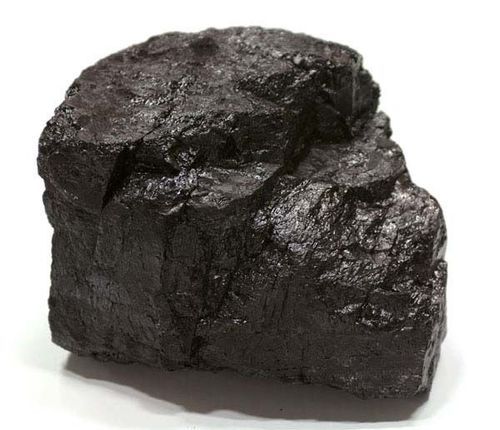Microscopic Constituents of Hard Coals
Classification of Coals at the Macroscopic Scale
The hard bituminous coals can be classified into two types:
- Humic or Banded Coal
- Sapropelic or Non-Bonded Coal
On a macroscopic basis, lithotypes classify bands of coal that are visibly discernible according to their dominant and minor maceral contents.

Humic Coal
What is Humic Coal?
Humic coals are composed of a diversified mix of macroscopic plant debris, with the coals typically banded, including lignite, sub-bituminous, bituminous, and anthracite. It is a macrogeographic constituent coal that can be physically distinct and mechanically separable within another coal seam. These are macroscopically identifiable layers in coal seams.
Lithological Types Describing Humic Coals
- Vitrain
- Appearance: Black, glassy vitreous material with a bright luster.
- Characteristics: Brittle, breaks into fine angular fragments, commonly concentrated in the fine fraction of mined coal.
- Composition: Found in most humic coals, usually consists of the micro-lithotypes vitrinite with vitrinite-rich clarite.
- Clarain
- Appearance: Bright with a silky luster, occurring between vitrain and durain.
- Characteristics: Occurs in fine laminations, often less than 1 mm thick.
- Composition: Can include the micro-lithotypes vitrite, clarite, durite, fusite, and trimacerite.
- Durain
- Appearance: Grey to black with a dull luster.
- Characteristics: Fractures into rough-surfaced fragments, referred to as durain only if lenses are thicker than 3-10 mm.
- Composition: Less common than vitrain and clarain in humic coals, composed of the micro-lithotypes durite and trimacerite.
- Fusain
- Appearance: Black, soft, and friable.
- Characteristics: Easily disintegrates into a black fibrous powder, occurs as lenses, usually several millimeters thick, often concentrating in discrete layers in the coal.
- Composition: In most coals, fusain is a minor lithotype composed of the micro-lithotypes fusite.
Sapropelic Coals
What are Sapropelic Coals?
Sapropelic coals are non-banded coals. They are relatively uncommon and tend to occur as single bands in parts of humic coals, rather than as whole seams, although seams comprised entirely of sapropelic coals do occur. Sapropelic coals are formed from the biological and physical degradation products of coal peat-forming environments, with the addition of other materials such as plant spores and algae. These coals are characteristically fine-grained, homogeneous, dark in color, and display a marked conchoidal fracture. They also have high hydrogen and volatile content, formed by the putrefaction process, containing liptinite and dominant maceral. Schungites are Paleoproterozoic equivalents of sapropelic coal, formed from mats of cyanobacteria and of exuded bitumen.
Types of Sapropelic Coals
- Cannel Coal
- Appearance: Black and dull.
- Characteristics: Homogeneous, breaks with a conchoidal fracture, forms thick slab-like beds.
- Formation: Composed mostly of microspores and organic mud laid down underwater, such as in a shallow lake, often found in the upper part of humic coal seams.
- Boghead Coal
- Appearance: Algal coal.
- Characteristics: The entire mass of this coal originated from algal material, also known as torbanite.
